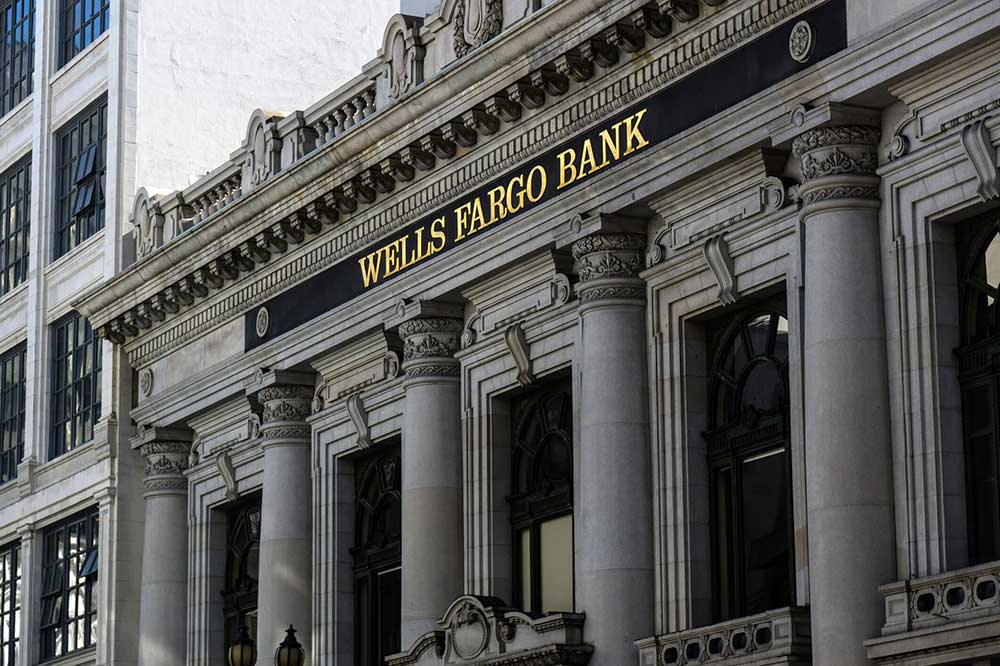Wells Fargo is in the midst of a governance, risk, and compliance nightmare. Misunderstanding or completely dismissing company policies has cost Wells Fargo “$414 million in refunds and settlements, and hundreds of millions more on legal fees, consultants and other costs related to the accounts scandal and its aftermath,” as well as hundreds of millions in potential growth, and immense reputational damage that will take years to recover from. This post will look into where Wells Fargo went wrong and how they could have prevented it all.
Wells Fargo’s misconduct was revealed in 2016 and their issues have only escalated since. This post will look into where Wells Fargo went wrong and how they could have prevented it all.
Timeline of Events
The first Wells Fargo scandal was in September of 2016 when federal regulators revealed that Wells Fargo employees created 3.5 million fake bank and credit card accounts. The employees state that this was due to unrealistic sales goals and pressures from management.
In the summer of 2017, it’s revealed that Wells Fargo inaccurately charged customers late mortgage fees despite the delay being the company’s fault. They also charged 570,000 customers for auto insurance they didn’t need. Further, in the fall of 2017 regulators found that brokers were encouraging clients to flip investments well before they matured, which has recently resulted in $5.1 million in fines.
Wells Fargo’s Policies Didn’t Fail
Given the extent of failure and misconduct one would assume that Wells Fargo neglected to have procedures and policies in place to prevent these errors, but that is not the case. The 166 year old bank had policies in place that were suppose to prevent these activities, but what they did not have was sufficient risk management.
In fact, the Federal Reserve stated, “Wells Fargo pursued a business strategy that prioritized its overall growth without ensuring appropriate management of all key risks. The firm did not have an effective firm-wide integrated risk management framework in place that covered all key risks. This prevented the proper escalation of serious compliance breakdowns to the board of directors.”
Due to the egregious lack of management, four of Wells Fargo’s top risk management executives have retired and the federal reserve has replaced four board members.
Anytime a scandal of this magnitude is revealed, it’s likely employees and management were aware of the issues for months. This was the case for Wells Fargo. At least half a dozen employees have reported retaliation from Wells Fargo after they discussed the illegal activities with HR or called their ethics hotline.
How an Integrated Risk Management Program Could Have Prevented it All
An ethics hotline or a spreadsheet in HR is not a robust enterprise risk management strategy. Wells Fargo needed a program in place that would allow employees to report potential risks, wrongdoings, and activities that did not align with company policies and procedures. Had Wells Fargo utilized enterprise risk management software, they would have clearly seen that their business strategy was not in alignment with their policies, and they would have been able to predict the outcome of increased pressure in sales goals.
LogicGate’s ERM platform is a robust and agile system that allows you to identify, monitor, and assess business risks, and it’s flexible enough to change as your business grows or shifts. With risk monitoring and documentation, custom analytics and heat maps deliver real time data on ERM activities across the enterprise.
A robust ERM system will increase risk visibility for the entire corporation, which helps mitigate against activities that don’t align with business goals or policies and procedures. Wells Fargo is now paying the price for completely ignoring risk management.
